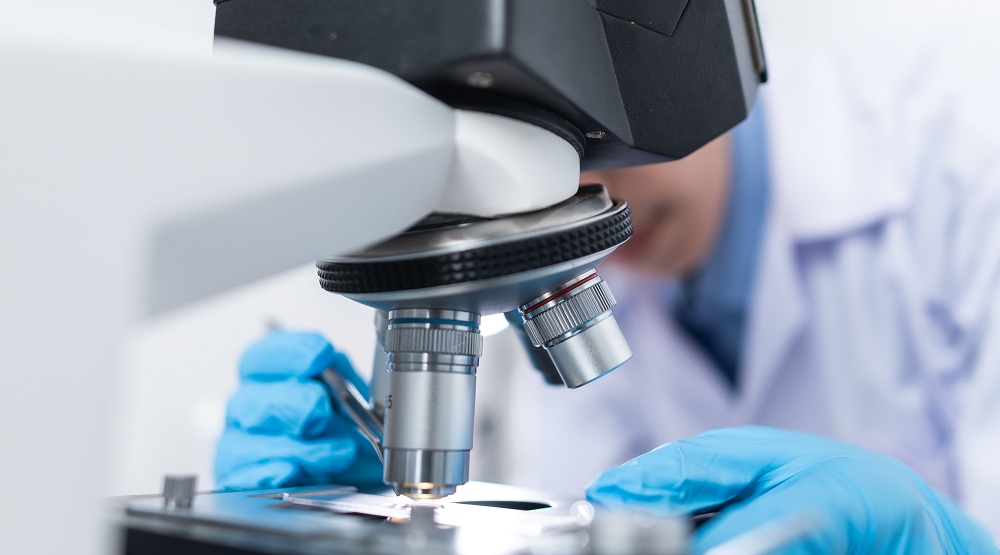The world of small molecule analysis has been revolutionized by the advent of modern mass spectrometry techniques. These provide accurate, sensitive, and reliable methods for the identification and quantification of various types of molecules. Among them, Electrospray Ionization (ESI) and Atmospheric Pressure Chemical Ionization (APCI) stand at the forefront, offering remarkable versatility and specificity.
Understanding Electrospray Ionization (ESI)
ESI is a widely utilized ionization technique. It has a knack for dealing with polar and large biological molecules, making it indispensable in areas like proteomics and drug discovery.
To start with, the sample is dissolved in a polar, volatile solvent. The resultant solution is then passed through a small, charged needle, producing a spray of charged droplets. As these droplets travel towards the mass spectrometer, the solvent evaporates, gradually increasing the charge density on the droplets until they eventually explode, releasing gas-phase ions.
A key advantage of ESI is that it’s a ‘soft’ ionization technique, meaning it is less likely to break the molecule apart. This ability to preserve the molecular ion is crucial for accurate mass determination and structural analysis.
For instance, in proteomics, ESI is used for protein and peptide analysis. Scientists can add a detergent to the protein solution to individualize and linearize the protein molecules. This enhances the ionization efficiency and makes the mass spectrometry analysis more effective.
The Power of Atmospheric Pressure Chemical Ionization (APCI)
While ESI is adept at ionizing polar molecules, APCI comes into play when dealing with less polar, small to medium-sized molecules. The APCI process involves spraying the sample solution into a heated vaporizer, converting it into a gas. The gas then interacts with a corona discharge, causing ionization.
Like ESI, APCI is also a ‘soft’ ionization technique and tends to keep the molecule intact, making it suitable for accurate mass determination.
In the pharmaceutical industry, APCI is a tool of choice for drug metabolite analysis. Researchers can use it to ionize a drug compound and its metabolites from biological fluids, such as urine or blood plasma. The result gives them insights into how the drug is processed within the body.
Choosing the Right Tool
Both ESI and APCI have their unique strengths, and the choice between them depends on the chemical nature of the sample and the goals of the analysis. While ESI excels with larger, more polar molecules, APCI shines with smaller, less polar compounds.
In conclusion, the modern landscape of small molecule analysis is greatly enriched by these two powerful mass spectrometry techniques. Whether you’re developing a new drug or trying to understand complex biological systems, ESI and APCI offer a window into the molecular world that was unimaginable just a few decades ago. As our understanding and technology continue to evolve, who knows what new discoveries await in the realm of small molecule analysis?









